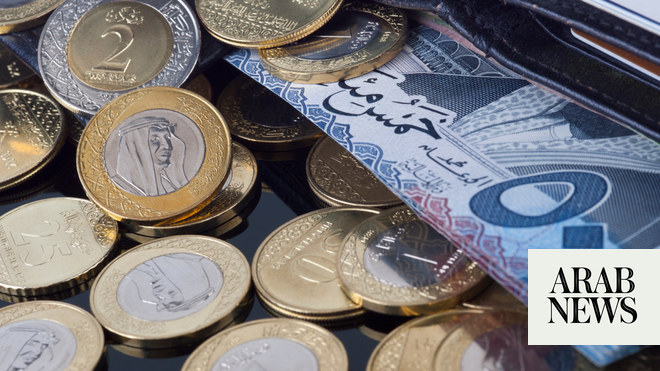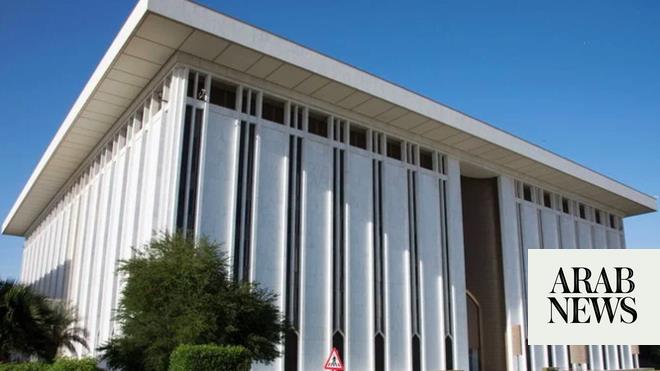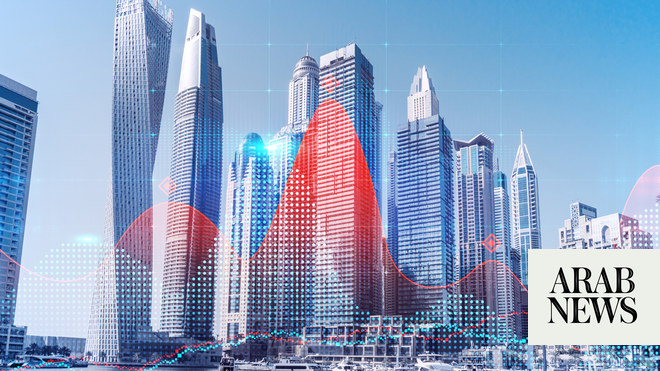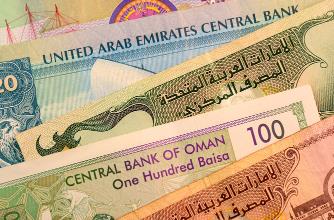
Annual inflation rate in Saudi Arabia eased to 3 percent in February, official data shows
RIYADH: The Saudi Central Bank has increased its interest rate by 25 basis points to 5.5 percent, echoing Wednesday’s move by the US Federal Reserve to curb inflation.
A statement from the bank, also known as SAMA, noted its Reverse Repo rate has also increased to 5 percent.
While inflation is still on the rise in the Kingdom, the annual rate eased to 3 percent in February, down from 3.4 percent the previous month.
The Fed’s quarter-point interest rate hike follows months of larger increases, as it hiked 25 basis points in February, 50 basis points in December, and 75 basis points in November, September, July and June.
HIGHLIGHTS
SAMA also increased its reverse repo rate to 5 percent.
The UAE’s central bank increased its base rate to 4.9 percent.
Bahrain also raised its main rate by 25 basis points.
Qatar increased its lending and deposit rates to 5.75 percent and 5.25 percent respectively.
While the US Central Bank’s decision was driven by its desire to lower high inflation, this played a part in driving the Gulf region’s monetary policy, as most of the region’s currencies are pegged to the dollar.
Following the US Fed’s decision, regional central banks also swung into action to raise their interest rates.
Furthermore, the UAE"s central bank increased its base rate to 4.9 percent, effective on Thursday.
Bahrain also raised its main rate by 25 basis points, with its one-week deposit facility rate rising to 5.75 percent, while the overnight deposit rate hit 5.5 percent.
Qatar’s central bank, which had kept its rates unchanged last month, increased its lending and deposit rates to 5.75 percent and 5.25 percent respectively.
Inflation in the GCC region is higher than it was in almost 10 years, but still lower than numerous western countries, ranging between 5 and 6 percent last year.
Despite recent signs of a slow-down in the US economy, prices are running at their highest level since the early 1980s.
Rising interest rates increase the cost of borrowing for consumers, leading to more expensive mortgage bills and loan repayments – something that can lead to reduced spending on other items as people try to reduce costs.
However, savers benefit from the interest rates rise, with money stored away gaining a greater return. Yet, with inflation across the globe still running hot, any extra interest gained by savings is lower than the rising cost of goods and services.












